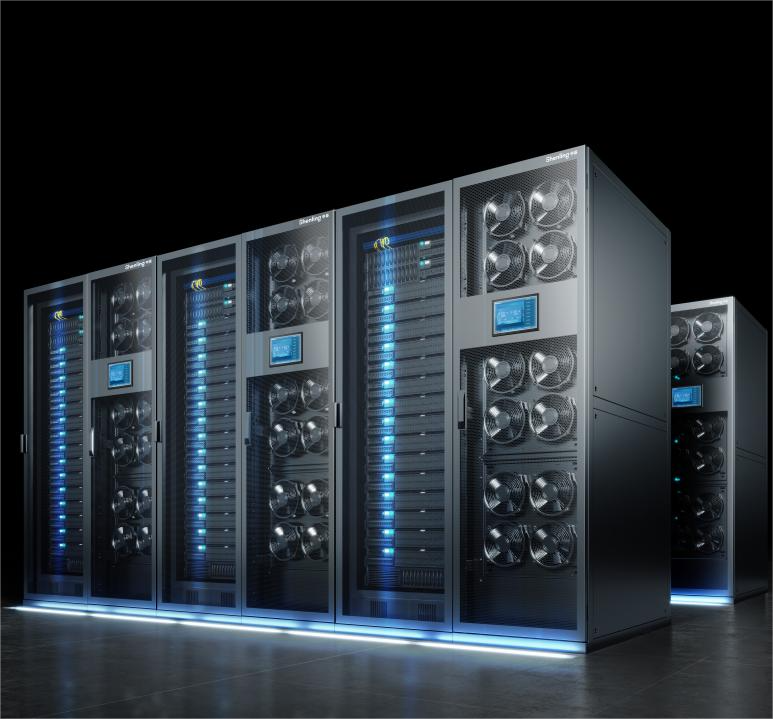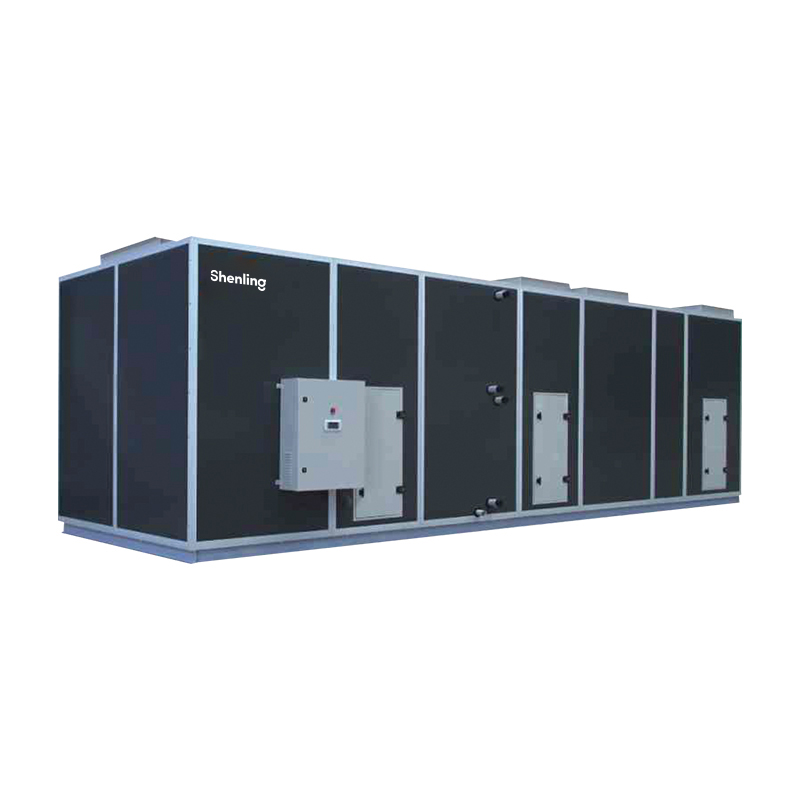“We are entering the era of heat pumps.
The concept behind heat pumps is quite simple: they use electricity to transfer heat to or from the surroundings of a building for cooling or heating purposes. This isn’t a new idea—it was invented in the 1850s and has been used in homes since the 1960s. However, suddenly, they have become one of the hottest household appliances, gaining attention due to their cost savings, climate benefits, and recent policy incentives.
While the basic idea may be simple, the details of how heat pumps work are quite fascinating. In the name of controlling the temperature inside your home, this device seems to defy the laws of physics. Heat pumps are also getting better: newer models are more efficient and can handle colder weather better.
So, let’s dive deeper into how heat pumps work.
How do heat pumps work?
At a higher level, heat pumps collect heat from one place and transfer it to another. We’ll mainly discuss heat pumps for heating, but they can also be used for cooling, collecting heat from inside and sending it outside, similar to an air conditioner. Many heat pumps can actually run in reverse to provide heating or cooling as needed.
The star of the show in a heat pump is the refrigerant: a fluid that moves through a loop, absorbing and releasing heat as it flows. Electricity powers the system, driving the refrigerant in a cycle.
When the refrigerant flows through the heat pump, it gets compressed and expanded, switching between liquid and gas forms to allow it to collect and release heat at different points in the cycle. (If this detail is detailed enough for you, feel free to skip to the next question. Otherwise, let’s take a journey inside the heat pump and see how it all works.)
Imagine this: it’s a cold winter day, like 25°F (-5°C). You’re sitting on your living room couch, holding a good book, and your cat is curled up nearby. You check the thermostat, and the temperature is set to 68°F. Reasonable but a bit chilly. You walk over and bump the temperature up a notch to 70°F.
Your heat pump has been quietly humming away in the background. Now, it kicks up a notch: the internal fan and compressor accelerate, and the refrigerant starts moving faster, transferring more heat from the outside to the inside.
Collecting heat from the outside when it’s that cold might seem counterintuitive, so let’s follow the refrigerant on its cycle to see how it works. For most heat pumps, the entire journey takes just a few minutes.
The boiling point of the heat pump refrigerant is very low, usually below -15°F (-25°C). So, at the start of our journey, the refrigerant is near that temperature and in a liquid state. Even in the coldest places, this liquid refrigerant is typically much colder than the outdoor air (over 40 degrees colder in our example).
In the first stage of its journey, the refrigerant flows through a heat exchanger, passes through the outdoor air, and heats up enough to start boiling, transitioning from a liquid to a gas.
The second stage of its journey is through a compressor. The compressor squeezes the refrigerant into a smaller volume, increasing its pressure and boiling point (this will become important shortly). This also further heats it up, so as the refrigerant passes through the compressor, it’s hotter than the indoor space.
The third stage of the refrigerant’s journey is through another heat exchanger. But now, the refrigerant is a warm gas with temperatures above 100°F, and it flows through a relatively cooler room. As it transfers some heat to the room with the help of a fan, it begins to turn back into a liquid.
Finally, in the fourth stage, the liquid refrigerant passes through an expansion valve, releasing pressure. Just as squeezing a material heats it up, expanding it cools it down again, so now the liquid is back to a low temperature and ready to absorb more heat to bring it inside.
Do heat pumps work in cold conditions?
Fossil fuel companies often repeat claims that heat pumps don’t work properly in extremely cold weather, offering competing products for sale.
There’s a core of truth to this—heat pumps may become less efficient in extremely cold conditions. As the temperature difference between indoor and outdoor increases, the heat pump has to work harder to collect heat from the outdoor air and release it into the room, so its efficiency decreases.
Heat pumps are operating everywhere, from Alaska in the United States to Maine. About 60% of buildings in Norway use heat pumps for heating, and in Sweden and Finland, that proportion is around 40%.
Even in the coldest places, heat pumps can work efficiently. However, choosing the right heat pump is key to ensuring it works properly as temperatures drop, says Andy Meyer, Senior Project Manager at Efficiency Maine, the state agency responsible for energy efficiency programs.
Meyer notes that some heat pumps may struggle to heat a room when temperatures drop below zero, but certain models can work effectively in colder temperatures. He adds that small space heaters can provide backup heating during cold snaps, but they aren’t needed if you choose a properly sized system.
So, what are the new features in heat pump technology?
Meyer says several major improvements to key components have boosted the efficiency and performance of heat pumps, especially in cold conditions.
One significant improvement is in refrigerants. Fluorocarbons, also known as R-22, used to dominate the market but have been phased out in the United States and other major markets due to their impact on the ozone layer.
Today, a chemical mixture called R-410A is one of the most widely used refrigerants in heat pumps. Besides being less harmful to the ozone layer, R-410A has a lower boiling point than R-22, meaning it can absorb more heat at lower temperatures, increasing efficiency in colder weather.
Other components have also seen improvements. New compressors used in heat pumps can achieve higher pressures with less power. There are also new variable-speed compressors that allow heat pumps to modulate power up and down. Finally, heat exchangers that transfer heat between air and refrigerant have become larger and more efficient, enabling them to transfer heat more effectively.
There are currently various types of heat pumps to choose from. About 85% of installations are air-source heat pumps, like the one I described. They come in various shapes and sizes. However, other models—known as ground-source or geothermal heat pumps—collect heat from the ground instead of the air.
Heat pumps run on grid electricity. While fossil fuel power plants still contribute to grids worldwide, renewable and low-carbon energy sources have also made their contributions. Given the energy mix in most major markets today, heat pumps are better for the climate compared to direct fossil fuel heating, says Monsho Myer.
The real climate superpower of heat pumps is their efficiency. Nowadays, heat pumps can achieve efficiencies of 300% to 400% or even higher, meaning they output three to four times the energy in the form of heat compared to the electricity they consume. For space heaters, theoretical maximum efficiency is 100%, and the best models today can achieve around 95% efficiency.
The efficiency gap between heat pumps and heaters depends on how they operate. Space heaters convert electricity into heat, while heat pumps use electricity to collect and transfer heat. It’s a subtle difference, but it essentially means heat pumps can get more heat from the same amount of electricity.
The maximum efficiency of a heat pump depends on factors such as the refrigerant, the installed system, and the temperature difference between the heated space and the outdoor environment.
What else should I know if I’m considering a heat pump?
The upfront cost of heat pumps is a significant barrier. Purchasing and installing one can cost between $3,000 and $6,000 today, with larger homes often requiring multiple units. However, it’s essential to consider the long-term cost savings on energy bills and potential environmental benefits.
When deciding on a heat pump, you should also consider the climate in your area. Heat pumps are more efficient in moderate and mild climates, so they may be a better choice in regions with less extreme temperatures.
Maintenance is another factor to keep in mind. Like any HVAC system, heat pumps require regular maintenance to operate efficiently. This includes cleaning filters, checking refrigerant levels, and ensuring all components are in good working condition. Regular servicing can help prolong the lifespan of your heat pump and maintain its efficiency.
It’s also a good idea to consult with a qualified HVAC professional or energy consultant when choosing a heat pump system. They can assess your specific needs, recommend the right size and type of heat pump, and provide guidance on installation and maintenance.
In conclusion, heat pumps are becoming increasingly popular due to their energy efficiency and climate benefits. While they may be less efficient in extremely cold climates, advancements in technology and refrigerants have improved their performance in colder weather. When considering a heat pump for your home, weigh the upfront costs against long-term savings and consult with experts to make an informed decision based on your location and heating needs.







